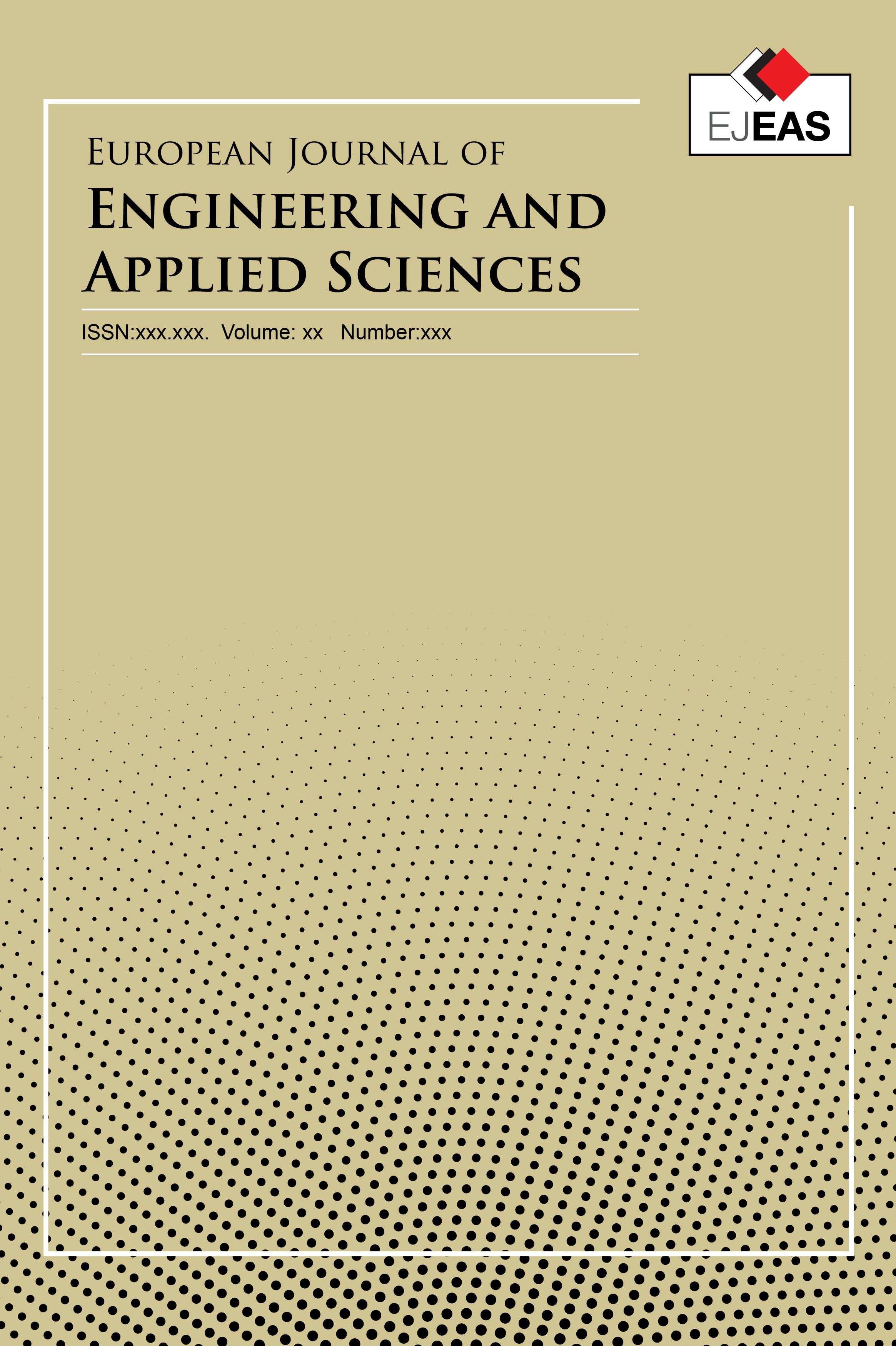Web Veri Çıkarımda Çıkarım Kurallarının İncelenmesi
Gerekli veriyi web sayfasından çıkarmak veri madenciliği ve bilgi erişimi alanındaki uygulamalar için önemlidir. Web sayfasından veriyi çıkarmak için DOM tabanlı yöntemler veya düzenli ifadeler kullanılabilir. Bu çıkarım işlemi için hem DOM tabanlı yöntemler hem de düzenli ifadeler için birden fazla çıkarım kuralı hazırlanabilir. Bu çalışmada, çıkarım kuralları ile birden fazla veriyi elde etmenin çıkarım işlemi üzerindeki etkinliği incelenmiştir. Veri seti olarak haber, film ve alış/veriş alanlarında olmak üzere on beş web sitesi seçilmiştir. Bu web siteleri için farklı çıkarım teknikleri ile veri çıkarımı için çıkarım kural dosyaları oluşturulmuştur. Web sitelerinde özellikle yorum gibi tekrarlayan veriler üzerinde odaklanmıştır. Deneyler, oluşturulması daha zahmetli ve zaman alıcı düzenli ifadelerin DOM tabanlı yöntemlere göre çok daha iyi sonuçlar verdiğini göstermiştir. DOM tabanlı yöntemler arasında beklenildiği gibi lxml ayrıştırıcı kütüphanesi en iyi sonuçları vermiştir. Deneyler, bir geliştirici tarafından hazırlanan çıkarım kuralarının çıkarım süresini etkilediği göstermektedir. Sonuç olarak, iyi hazırlanmış çıkarım düzenli ifadeleri ile web sayfalarında çok daha hızlı bir şekilde istenilen veriye erişmek mümkündür.
Anahtar Kelimeler:
Çıkarım yöntemleri, Web veri çıkarımı, DOM, Düzenli ifadeler
Examination of Extraction Rules in Web Data Extraction
Extracting the desired data from the web page is important issue for applications in the fields of data mining and information retrieval. DOM-based methods or regular expressions can be used to extract data from a web page. For this extraction process, multiple extraction rules can be prepared for both DOM-based methods and regular expressions. In this study, the effectiveness of obtaining more than one data with extraction rules is investigated. As a data set, fifteen websites including in the fields of news, film and shopping have been selected. Extraction rule files have been created for data extraction with different extraction techniques for these websites. Web sites are mainly focused on repetitive data such as reviews. Experiments have shown that regular expressions, the creation process is more laborious and time consuming, give better results than DOM-based methods. Among the DOM-based methods, the lxml parser library provided the best results as expected. Experiments indicate that the extraction rules prepared by a developer affect the extraction time. As a result, it is possible to extract the desired data much faster in web pages with the well-prepared regular expressions.
Keywords:
Extraction methods, Web data extraction, DOM, Regular expressions,
___
- [1] A. F. R. Rahman, H. Alam, and R. Hartono, “Content extraction from html documents,” in 1st Int. Workshop on Web Document Analysis (WDA2001), 2001, pp. 1–4.[2] E. Ferrara, P. De Meo, G. Fiumara, and R. Baumgartner, “Web data extraction, applications and techniques: A survey,” Knowledge-Based Syst., vol. 70, pp. 301–323, Nov. 2014.[3] S. Flesca, G. Manco, E. Masciari, E. Rende, and A. Tagarelli, “Web Wrapper Induction: A Brief Survey,” AI Commun., vol. 17, no. 2, pp. 57–61, 2004.[4] N. Kushmerick, “Wrapper Induction for Information Extraction,” PhD Thesis, University of Washington, 1997.[5] L. Liu, C. Pu, and W. Han, “XWRAP : An XML - enabled Wrapper Construction System for Web Information Sources,” Proc. 16th Int. Conf. Data Eng., 2000.[6] B. Liu, Web Data Mining: Exploring Hyperlinks, Contents, and Usage Data. Springer, 2011.[7] B. Fazzinga, S. Flesca, and A. Tagarelli, “Schema-based Web wrapping,” Knowl. Inf. Syst., vol. 26, no. 1, pp. 127–173, 2011.[8] E. Uzun, T. Yerlikaya, and M. Kurt, “A lightweight parser for extracting useful contents from web pages,” in 2nd International Symposium on Computing in Science & Engineering-ISCSE 2011, Kusadasi, Aydin, Turkey, 2011, pp. 67–73.[9] L. M. Álvarez-Sabucedo, L. E. Anido-Rifón, and J. M. Santos-Gago, “Reusing web contents: a DOM approach,” Softw. Pract. Exp., vol. 39, no. 3, pp. 299–314, Mar. 2009.[10] S. Gupta, G. Kaiser, D. Neistadt, and P. Grimm, “DOM-based content extraction of HTML documents,” in Proceedings of the twelfth international conference on World Wide Web - WWW ’03, 2003, p. 207.[11] L. Fu, Y. Meng, Y. Xia, and H. Yu, “Web content extraction based on webpage layout analysis,” in Proceedings - 2nd International Conference on Information Technology and Computer Science, ITCS 2010, 2010, pp. 40–43.[12] E. Uçar, E. Uzun, and P. Tüfekci, “A novel algorithm for extracting the user reviews from web pages,” J. Inf. Sci., vol. 43, no. 5, pp. 696–712, Sep. 2016.[13] E. Uzun, H. V. Agun, and T. Yerlikaya, “A hybrid approach for extracting informative content from web pages,” Inf. Process. Manag., vol. 49, no. 4, pp. 928–944, 2013.[14] E. Uzun, T. Yerlikaya, and O. Kırat, “Comparison of Python Libraries used for Web Data Extraction,” in 7th International Scientific Conference “TechSys 2018” – Engineering, Technologies and Systems, Technical University of Sofia, Plovdiv Branch May 17-19, 2018, pp. 108–113.[15] M. Kobayashi and K. Takeda, “Information retrieval on the web,” ACM Comput. Surv., vol. 32, no. 2, pp. 144–173, Jun. 2000.[16] M. Kumar, R. Bhatia, and D. Rattan, “A survey of Web crawlers for information retrieval,” Wiley Interdiscip. Rev. Data Min. Knowl. Discov., vol. 7, no. 6, p. e1218, 2017.
- ISSN: 2651-3412
- Yayın Aralığı: Yılda 2 Sayı
- Başlangıç: 2018
- Yayıncı: Tekirdağ Namık Kemal Üniversitesi
Sayıdaki Diğer Makaleler
Dokusuz Kumaşların Özelliklerine Serim Yönünün Etkisi
Web Veri Çıkarımda Çıkarım Kurallarının İncelenmesi
Erdinç UZUN, Tarık Yerlikaya, Oğuz Kırat
Selüloz ve Soya Proteininin Gama Işınlanmış Solüsyonlarından Hazırlanan Karışım Filmler
Ramiz BOY, Mohamed BOURHAM, Richard KOTEK
Sürdürülebilir Kalkınma Ekseninde Enerji Verimliliği Uygulamaları: Türkiye Değerlendirmesi
Atıktan Türetilmiş Yakıt: Yasal Çerçeve, Avrupa’daki ve Türkiye’deki Durum
